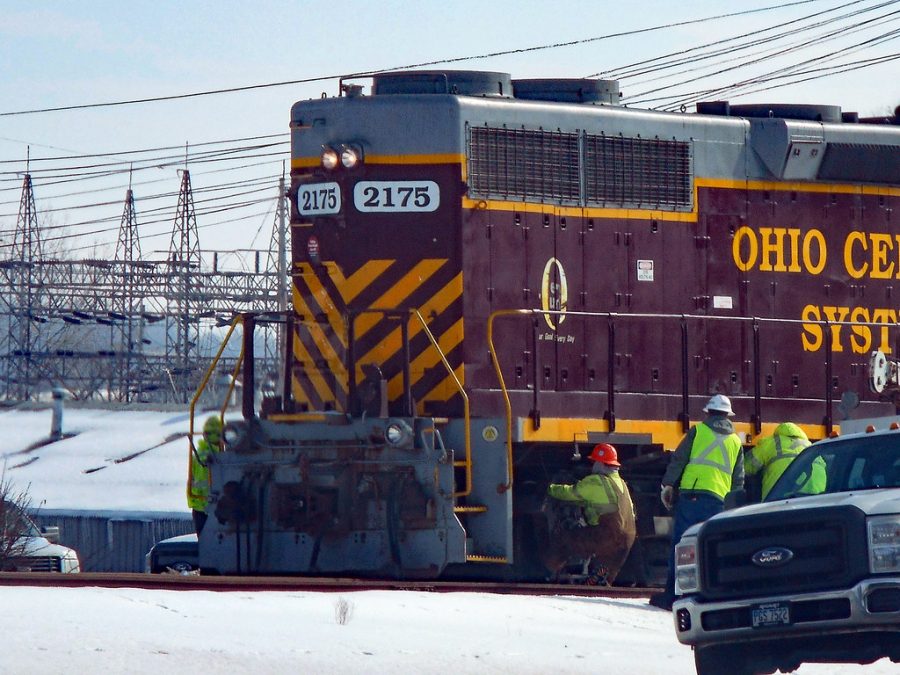Train carrying hazardous chemicals derails in East Palestine, Ohio
February 8, 2023
A Norfolk Southern train was responsible for the spill of hazardous chemicals in East Palestine, Ohio on Feb. 3. This event has since alerted neighboring states, as well as government officials and the Environmental Protection Agency (EPA) to work toward a solution that prioritizes the safety of affected residents.
Along these train tracks were sensors with the ability to identify and report issues of overheating. Starting 30 miles outside the derailment site, the detectors began reporting rising temperatures inconsistent with that of the external environment. A total of three sensors recognized the problem on the way to East Palestine, though the three-person crew on board remained unaware of the situation until the third signal was triggered. Temperatures reached over 250 degrees which set off the alarm and prompted the automatic emergency braking system. However, the delayed signal to crew members came too late and the overheating of railcar 23 had ruined the wheel bearing. Roughly 20 of the 150 cars on the train were carrying hazardous materials when the overheating caused the train to crash.
“The handling of the Ohio train derailment was very flawed, especially knowing the current battle against climate change,” said University freshman Jadell Browne, who expressed her anger over the derailment. “I feel like this is another example of how this country truly doesn’t care for its citizens or the environment.”
Immediate residents were evacuated from the area as a result of the release of vinyl chloride–a toxic, man-made chemical reactive to high temperatures–but were allowed back into the area on Feb. 8. Despite safety tests for the air and water coming back as negative, as stated by EPA Chief Michael Regan, symptoms of residents in the area reported said otherwise. “Rashes, headaches, nausea [and] bloody noses,” have been experienced by locals from the air while chemicals spilled into the water have already killed thousands of fish.
Indiana Gov. Eric Holcomb expressed concern with the exposure of these toxins encroaching on the state. The EPA is sending the toxic waste to two facilities: Heritage Environmental Services located in Indiana and Ross Incineration Services in Ohio. The EPA has also opened a clinic in East Palestine to evaluate the health of residents and assist them with the proper treatment, similar to one in Beaver County where residents “can talk to public health experts [and] sign up to have their well water tested,” as stated by Pennsylvania Gov. Josh Shapiro.
Tests done on the affected area reported unusually high levels of certain chemicals like acrolein, which was not stored in any of the cars, but is predicted to have been created by the mixture of chemicals from the derailment. The water and air have undergone constant testing and the water, being stored in steel deep underground, has been deemed safe.
Debra Shore, the Regional Administrator within the EPA, has addressed her organization’s role in holding Norfolk Southern accountable for their role and is therefore assigning them to clean up the chemically infested soil and water of East Palestine. The train’s company has also been charged with reimbursing the cost of the Pennsylvania county fire department’s equipment that was damaged or contaminated while responding to the derailment. U.S. Secretary of Transportation Pete Buttigieg has pledged to make safer tank cars by 2025 and has pushed for Congress to increase fines for those who breach safety regulations.
Long-term results from the chemicals are yet to be identified.












